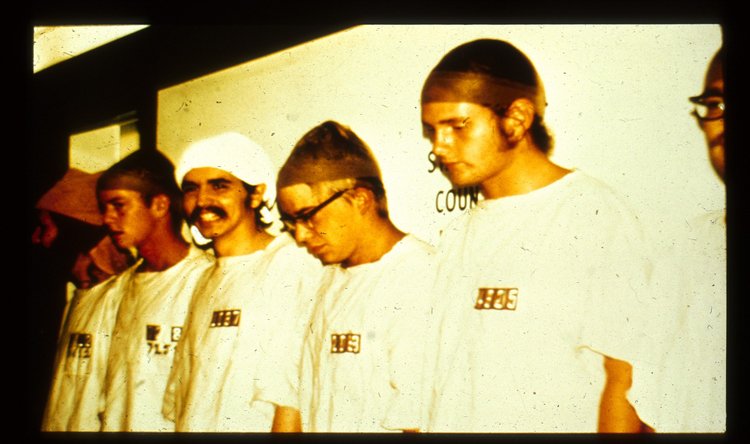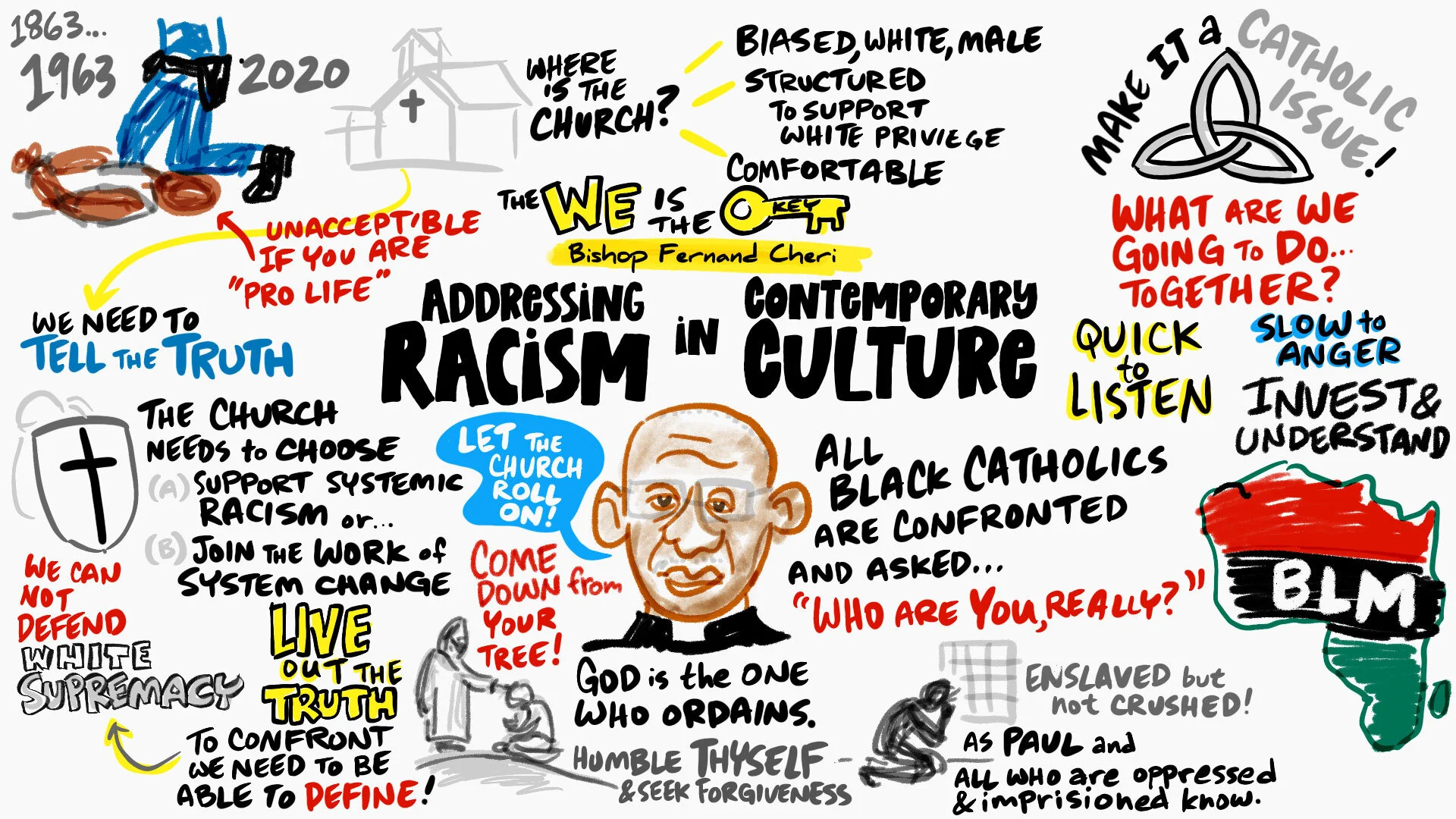While a Magician Works, the Mind Does the Tricks
/ We often refer to graphic recording as a magic trick: We watch a human pull images from thin air, grabbing pictures and ideas from the vapor of conversation and giving them physical form. This NY Times article gives insight on why the physical performance of illusion is so captivating and how the brain uses neural tricks to do this: approximating, cutting corners, instantaneously and subconsciously choosing what to “see” and what to let pass.
We often refer to graphic recording as a magic trick: We watch a human pull images from thin air, grabbing pictures and ideas from the vapor of conversation and giving them physical form. This NY Times article gives insight on why the physical performance of illusion is so captivating and how the brain uses neural tricks to do this: approximating, cutting corners, instantaneously and subconsciously choosing what to “see” and what to let pass.
The original paper details the mental models that enable magic to be experienced, such as the the cognitive-neuroscience paradigms of change blindness in which people fail to notice that something is different from the way it was before.
A painting from the 16th century, entitled "The Conjurer."
SOURCE: The Philadelphia Museum of Art/Art Resource
One theory of perception, for instance, holds that the brain builds representations of the world, moment to moment, using the senses to provide clues that are fleshed out into a mental picture based on experience and context. |









